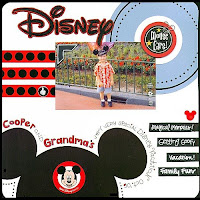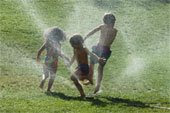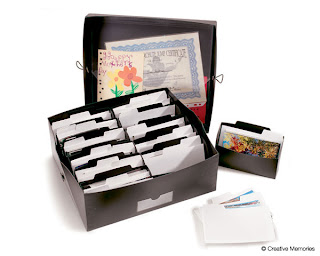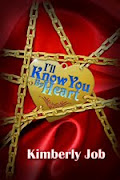Today was the last day of school at my house. I always look forward to my kids being home. But after a few weeks, the newness wears off and I inevitably hear, “I’m bored.” I’m constantly looking for ways to keep them involved and busy. Scrapbooking can be a fun activity to share with your kids to keep them busy and actively creating throughout the summer. It may not be as good as schoolwork, but it comes pretty close! It can reinforce skills they learn in school without them even realizing it.
Personally, I find it hard to turn over pictures to my children to scrapbook. I’m somewhat of a perfectionist, so it’s sometimes difficult for me to allow them free reign with their own creativity. A good solution is to print doubles of the pictures you love and then you can create a family scrapbook with them later.
I’ve been surprised to see that my children often look at an event very differently than I would. What I thought was important, may not really be what was most important to them. It’s fun to see the picture through their eyes by letting them create their own journaling. They can type it on the computer, but make sure they throw in a handwritten one here and there to preserve another aspect of their uniqueness.

From my experience, kids get overwhelmed if you give them tons of pictures and a big 12x12 scrapbook to fill. It’s fun to create themed scrapbooks by using a small 6x6 or 8x8 album and following a theme. A good one for summer is a vacation album. Buy your kids a cheap disposable camera, or if you’re brave, let them take turns using your digital camera, and let them take their own pictures of your family vacations and outings. They’ll love looking for fun photo opportunities and then scrapping their own pictures.
 You’ll even find yourself picturing a scrapbook page and then creating the experience to photograph. One of my favorite summer activities to scrapbook is my kids running through the sprinklers and playing in the water. There are so many fun and unique water stickers, embellishments, and background paper to use. And the pictures are always awesome because they are taken out in the sun with the beautiful blue sky and green grass as a background.
You’ll even find yourself picturing a scrapbook page and then creating the experience to photograph. One of my favorite summer activities to scrapbook is my kids running through the sprinklers and playing in the water. There are so many fun and unique water stickers, embellishments, and background paper to use. And the pictures are always awesome because they are taken out in the sun with the beautiful blue sky and green grass as a background.

Whatever you and your children decide to scrapbook, remember that the time you spend together creating and preserving those priceless memories will be treasured more than the final project. It will be time and energy well spent. You provide the time and no doubt your kids will provide the energy. Happy Scrapping!
Send me pictures of scrapbook pages you and your children create and I will highlight them in future blogs.
Return to the neighborhood.
Personally, I find it hard to turn over pictures to my children to scrapbook. I’m somewhat of a perfectionist, so it’s sometimes difficult for me to allow them free reign with their own creativity. A good solution is to print doubles of the pictures you love and then you can create a family scrapbook with them later.
I’ve been surprised to see that my children often look at an event very differently than I would. What I thought was important, may not really be what was most important to them. It’s fun to see the picture through their eyes by letting them create their own journaling. They can type it on the computer, but make sure they throw in a handwritten one here and there to preserve another aspect of their uniqueness.

From my experience, kids get overwhelmed if you give them tons of pictures and a big 12x12 scrapbook to fill. It’s fun to create themed scrapbooks by using a small 6x6 or 8x8 album and following a theme. A good one for summer is a vacation album. Buy your kids a cheap disposable camera, or if you’re brave, let them take turns using your digital camera, and let them take their own pictures of your family vacations and outings. They’ll love looking for fun photo opportunities and then scrapping their own pictures.
 You’ll even find yourself picturing a scrapbook page and then creating the experience to photograph. One of my favorite summer activities to scrapbook is my kids running through the sprinklers and playing in the water. There are so many fun and unique water stickers, embellishments, and background paper to use. And the pictures are always awesome because they are taken out in the sun with the beautiful blue sky and green grass as a background.
You’ll even find yourself picturing a scrapbook page and then creating the experience to photograph. One of my favorite summer activities to scrapbook is my kids running through the sprinklers and playing in the water. There are so many fun and unique water stickers, embellishments, and background paper to use. And the pictures are always awesome because they are taken out in the sun with the beautiful blue sky and green grass as a background.
Whatever you and your children decide to scrapbook, remember that the time you spend together creating and preserving those priceless memories will be treasured more than the final project. It will be time and energy well spent. You provide the time and no doubt your kids will provide the energy. Happy Scrapping!
Send me pictures of scrapbook pages you and your children create and I will highlight them in future blogs.
Return to the neighborhood.

























